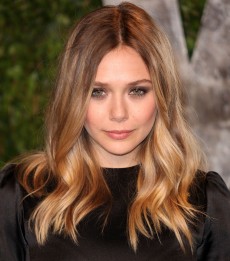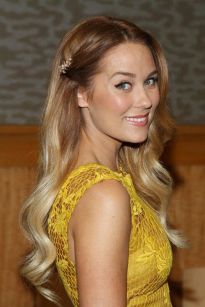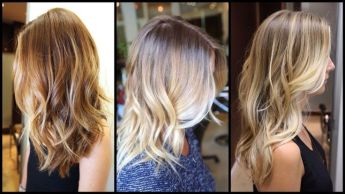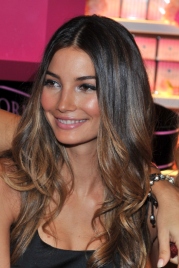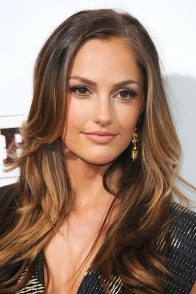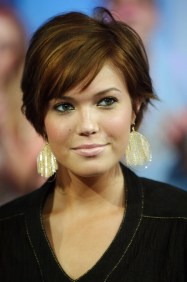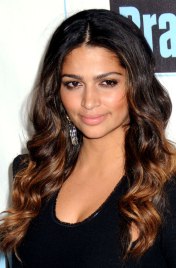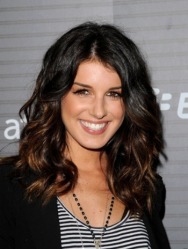A braid is a complete structure or pattern formed by intertwining three or more strand of human hair. Today, braids can be worn by anyone, casually or formally. The functionality remains mostly the same, to keep the wearer cool and to keep hair from obstructing the eyes. The origins of the braid date back as far as 3500BCE.
Originating in East Africa, the braid was worn as a form of communications. It symbolized whether the wearer was married, in mourning, of age of courtship, wealthy, or to show tribe affiliation. In 1950, A French ethnologist and his team discovered a Stone Age rock painting in the Tassili Plateau of the Sahara, dating back to 3500 BCE, showing a woman with African Cornrows feeding her children.
In Ancient Egypt, Hair braids were reserved for royalty (i.e. Cleopatra and Queen Meryet Amun). The braids at this time were used for ceremonial rituals, such as, weddings and funerals.
The Greek Goddess Flavian Period was from 79-81 CE. It consisted of lavish updos, complete with wire frames, twisted braids and curls. This style became very popular among the wealthy Roman woman. Roman Emperor Titus’ daughter Julia was a follower of this hair braid, often wearing extremely elaborate updos.
Native American braids (PreCE-Present) varied from tribe to tribe, in style and cultural significance. In the Quapaw Tribe, married woman wore their hair down loose and braided if they were single. Braids were and still are worn my men of Native American decent.
In 1066-1485, Medieval European braids were braided buns and crowns. It was considered socially unacceptable for a woman to let her hair down because it was believed that a womans long tresses were associated with sinfulness and temptation.
The Mongol Empire began to grow in the 13th Century. Noblewoman wore an elaborate braided hairstyle and headpiece. The style was adorned with a “wing” in each side of the head. Two “wings” were said to evoke mythical beasts.
Modern Cornrows (1970-Present) were developed during the “Black is Beautiful” movement”. This movement encouraged African-Americans to embrace their cultural roots and natural beauty, rather than using chemicals or relaxers in their hair to straighten. The cornrow braid and the afro became very popular as this movement progressed.
In 2005, the braid went viral. The launch of YouTube furthered the sharing if easy do-it-yourself tutorials, illustrating how to do many braided hairstyles.
Braiding is more than a hairstyle! It is a cultural tradition that cuts across racial, social, economic and geographic lines.
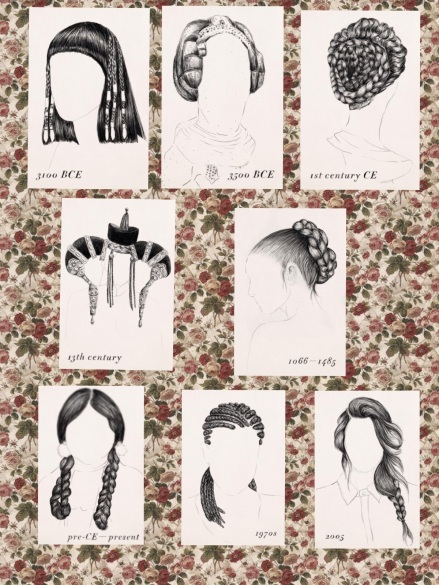
Happy Braiding!
